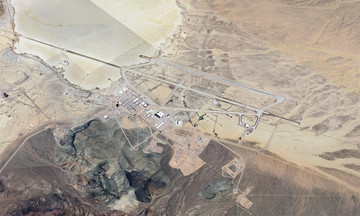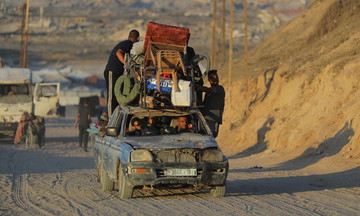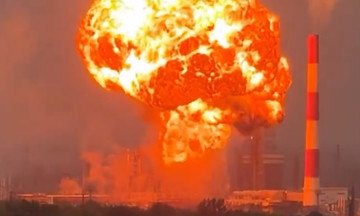On 19/8, RIA Novosti released a video showing a Russian T-72 main battle tank clearing a path through a minefield a week earlier, enabling fellow soldiers to attack a Ukrainian position near Malaya Tokmachka village in Zaporizhzhia province.
The unit commander reported the tank cleared an 18 km path through a dense minefield, completing its mission despite being attacked by 24 Ukrainian suicide drones. The tank only lost a track after 3 or 4 mines detonated in quick succession at the end of its run. The crew was unharmed and safely evacuated.
"We received orders to advance along a predetermined route. A first-person view (FPV) drone attacked as soon as the tank entered the route. Everything was fine, and we continued forward, leaving the forest edge and reaching the paved road," recalled the tank commander, call sign Surgut.
As the T-72 moved along the road, Ukrainian FPV drones intensified their attacks, sometimes 4 or 5 at once. Towards the end of the route, both the number of anti-tank mines detonated by the mine plow and the number of FPV drone attacks increased.
"There were 3 or 4 explosions in a row; I don't remember how many mines. One exploded under the mine plow, one to the right. The tank then ran over another mine, and the driver announced, 'right track's gone'," Surgut recounted.
The Russian tank crew then used the thick dust and smoke to escape the immobilized T-72, taking their radios, body armor, and combat gear. They hid under the tank's hull.
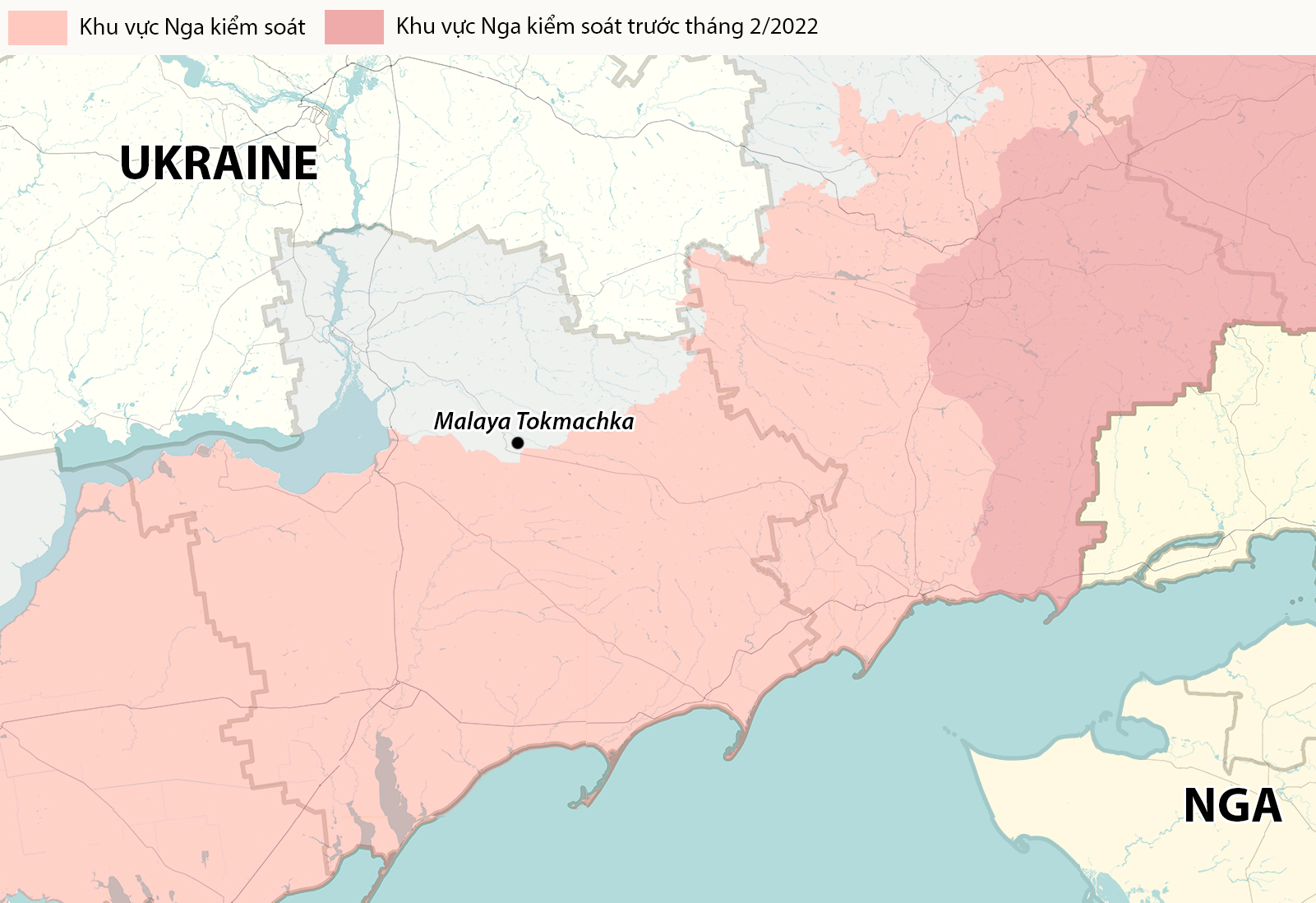 |
Malaya Tokmachka village, Zaporizhzhia province. Graphics: RYV |
Noticing a lull in the drone attacks, the three Russian soldiers ran to the nearest woods. They hid there overnight, using thermal blankets to avoid detection by Ukrainian reconnaissance drones.
At dawn, Surgut contacted regimental headquarters. The soldiers were then evacuated to the nearest unit, supported by friendly drones. None of the T-72 crew suffered serious injuries.
The gunner, call sign Kvadrat, said that during the mine-clearing operation, the T-72 also shelled three Ukrainian positions on the Malaya Tokmachka front. "Ukrainian soldiers had dug trenches, but the T-72's 125 mm fragmentation rounds were powerful enough," Kvadrat said.
The Russian tank crew believes the Ukrainian units were caught off guard and had to use all available weapons to stop the T-72. "The minefield clearing operation was daring, demonstrating the courage and coordination of the entire crew. We thought about our families, went on our mission, completed the combat task, and returned safely," Kvadrat stated.
Images released by Russian media later showed the crew being awarded, standing in front of a T-72 tank equipped with cage armor, anti-drone netting, and camouflage. It's unclear whether this was the same T-72 that cleared the path at the Malaya Tokmachka front.
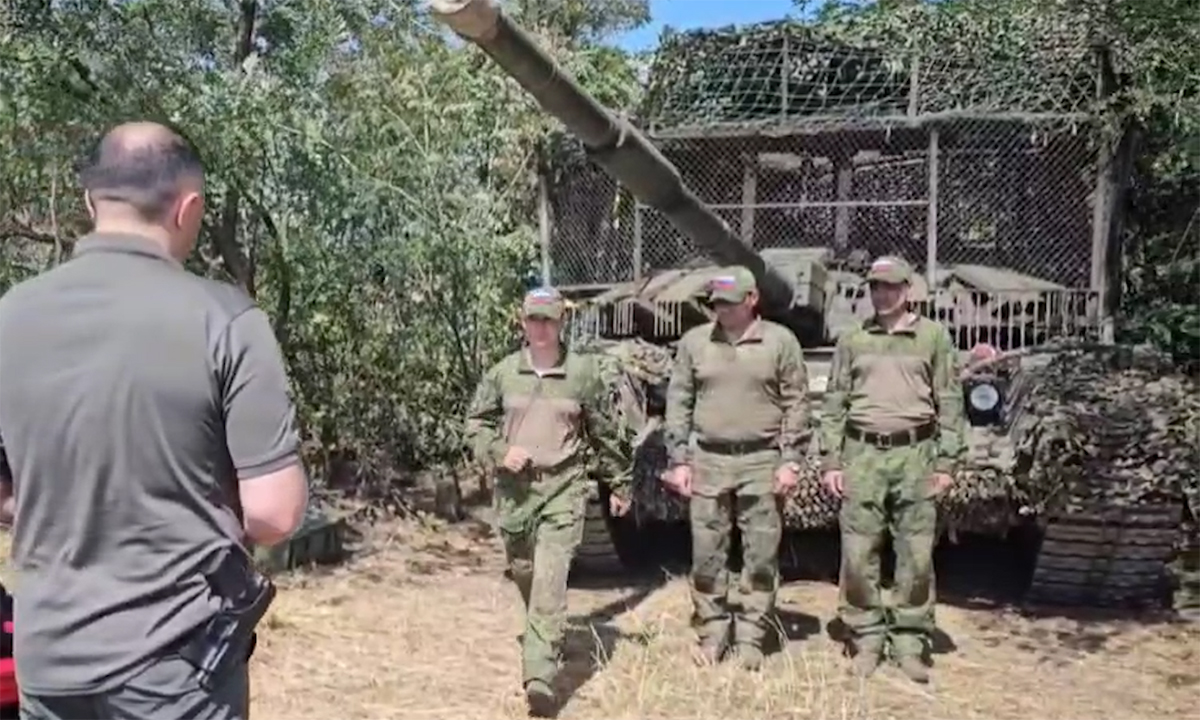 |
Russian soldiers stand before a T-72 tank during an award ceremony on 19/8. Photo: RIA Novosti |
One of the most dangerous tasks tanks face in the war in Ukraine is clearing mines, as the vehicles must move slowly and often along fixed routes. This makes them easy targets for enemy suicide drones.
Since last year, Russian soldiers have been welding improvised armor onto tanks tasked with mine clearing. This homemade armor, likened to a "turtle shell," has proven effective in neutralizing many types of Ukrainian drones.
One weakness of the full-body armor used by Russia is that it significantly reduces maneuverability, visibility, and turret rotation. However, some Western experts consider this approach reasonable, given that mine-clearing tanks must move slowly, making them vulnerable to drone attacks.
Some Russian tanks have recently been covered in steel cables to protect the gaps in the turtle shell armor, while the roof is covered with upright metal cables. This improvised armor has earned them nicknames like "monster tanks" or "hedgehog" tanks.
Nguyen Tien (According to RIA Novosti, Zvezda, AP)





